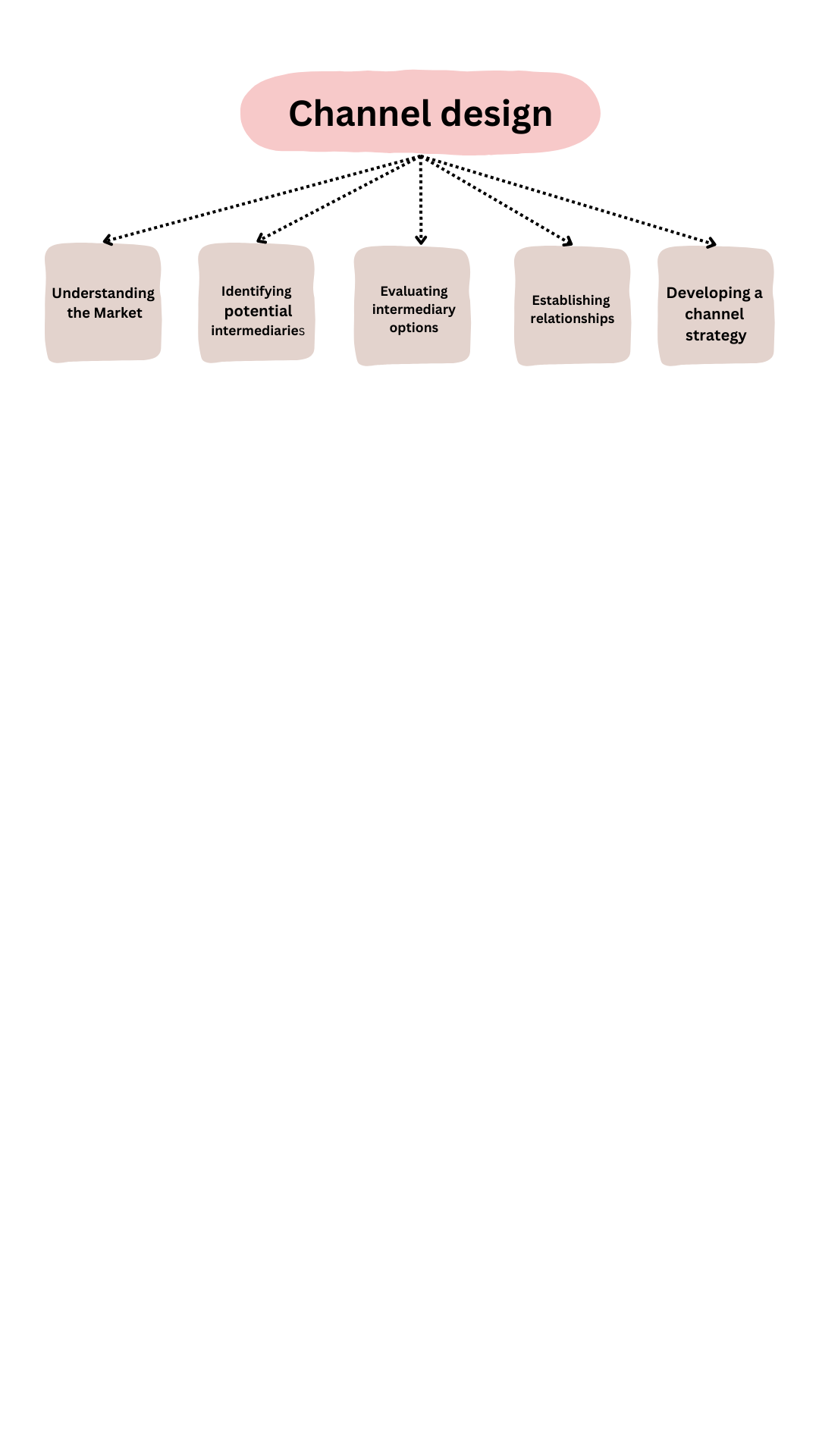Order fulfilment- Relationship building
Order fulfillment and relationship building are two important aspects of any business, and they are closely connected. Here are some ways that order fulfillment can contribute to relationship building:
Timely delivery: By ensuring that orders are fulfilled and delivered on time, you can build trust and confidence with your customers. This can help establish a strong relationship and make them more likely to do business with you in the future.
Accuracy: Accurate order fulfillment is essential for building trust and credibility with customers. By delivering the right products in the right quantities, you can show that you are reliable and committed to their success.
Communication: Effective communication is crucial for both order fulfillment and relationship building. By keeping customers informed about the status of their orders and any issues that arise, you can demonstrate your commitment to transparency and customer service.
Problem resolution: How you handle problems or issues that arise during the order fulfillment process can have a significant impact on customer relationships. By addressing problems quickly and effectively, you can show that you are committed to customer satisfaction and willing to go above and beyond to resolve issues.
Post-purchase follow-up: Following up with customers after their orders have been fulfilled can be an effective way to build relationships and show that you care about their business. This can include sending thank-you notes or requesting feedback on their experience with your company.
Overall, effective order fulfillment is an important part of building strong relationships with customers. By focusing on timely delivery, accuracy, communication, problem resolution, and post-purchase follow-up, you can establish a reputation as a reliable and customer-focused business, which can help you attract and retain customers over the long term.
Market distribution and distinctive nature
Market distribution refers to the process of getting products from the manufacturer or supplier to the end consumer. The distribution process typically involves a variety of intermediaries, including wholesalers, retailers, and other types of distributors, who help to move products through the supply chain and into the hands of consumers.
The distinctive nature of market distribution can be attributed to several factors:
Channel structure: The structure of the distribution channel can vary significantly depending on the industry and the specific products being sold. For example, some industries may have very short distribution channels with few intermediaries, while others may have more complex channels with multiple layers of intermediaries.
Intermediary relationships: The relationships between manufacturers, wholesalers, retailers, and other intermediaries can also be highly variable. Some manufacturers may work closely with a few key partners, while others may have relationships with dozens or even hundreds of different distributors.
Geographic considerations: The geographic scope of the distribution network can also impact its distinctive nature. For example, some companies may sell products primarily in a single region or country, while others may have a global distribution network.
Technology: Advances in technology have also impacted the distribution process, with many companies now using e-commerce platforms and other digital tools to reach customers directly.
Product characteristics: The characteristics of the products being distributed can also impact the distribution process. For example, perishable goods may require more specialized distribution channels than non-perishable items.
Overall, the distinctive nature of market distribution reflects the complex and varied processes involved in getting products from manufacturers to end consumers. By understanding the unique characteristics of their industry and products, companies can develop effective distribution strategies that help them reach their target markets and achieve their business goals.
Channel design
Channel design refers to the process of designing the structure and strategy of the distribution channels that a company will use to get its products or services to the end consumer. This process involves a number of important decisions about the type and number of intermediaries that will be involved in the distribution process, as well as the nature of the relationships between these intermediaries and the company.
The key steps involved in channel design include:
Understanding the market: Before designing a channel strategy, it is important to thoroughly understand the target market, including the needs and preferences of consumers, the competition, and any industry-specific factors that may impact distribution.
Identifying potential intermediaries: Once the market has been analyzed, the next step is to identify potential intermediaries who could help to distribute the company’s products or services. This may include wholesalers, retailers, distributors, agents, and other types of intermediaries.
Evaluating intermediary options: Once potential intermediaries have been identified, the company must evaluate each option based on factors such as their experience, reputation, customer base, and pricing structure.
Establishing relationships: Once intermediaries have been selected, the company must establish relationships with them, including negotiating contracts and setting expectations for performance.
Developing a channel strategy: The final step in channel design is to develop a comprehensive strategy that outlines the structure of the distribution channels, the roles and responsibilities of each intermediary, and the methods for managing and monitoring the channel.
Overall, effective channel design is critical for ensuring that a company’s products or services reach their intended market in a timely and cost-effective manner. By carefully analyzing the market, identifying potential intermediaries, and developing a comprehensive channel strategy, companies can maximize the efficiency and effectiveness of their distribution channels and achieve their business goals.
